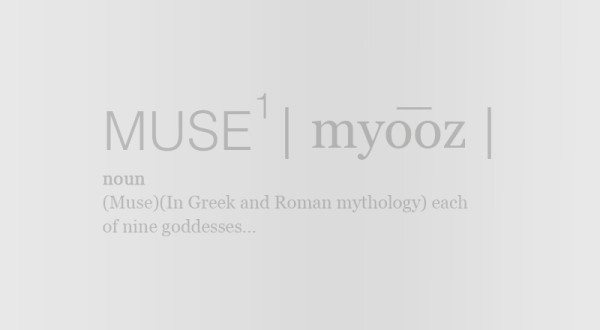


Important note on the moon distance constraint for optical wavelengths:Īt the dry, low water vapour site of Paranal during clear or photometric nights we expect that the night sky brightness does not show a strong dependence of the lunar distance (Rayleigh scattering I ~ I 0 × (1 + cos 2Θ), Lunar illumination does not have a noticeable influence on the feasibility of infrared observations.By definition, moon illumination equals 0 when the moon is below the local horizon. Moon illumination (fraction of lunar illumination, FLI) is defined as the fraction of the lunar disk that is illuminated at local (Chile) civil midnight, where 1.0 is fully illuminated.Moon constraints include the fraction of lunar illumination (FLI) and the moon distance.Thin cirrus: transparency variations above 10%.Clear: Less than 10% of the sky (above 30 degrees elevation) covered in clouds, transparency variations under 10%.Photometric: No visible clouds, transparency variations under 2%, only assessable by the analysis of photometric standard stars.Observing conditions ( Sky Transparency, Moon, PWV, as well as Turbulence Category, and Image Quality) are defined as follows: There are additional Service Mode Policies and Service Mode Guidelines regarding the observing conditions. Please use the instrument selector on the right to see instrument-specific information at the bottom of the page. These basic definitions are listed below.

The following definitions of the observing conditions are common between Phase 1 preparation and Phase 2 preparation, as well as between Service Mode and Visitor Mode observations.


 0 kommentar(er)
0 kommentar(er)
